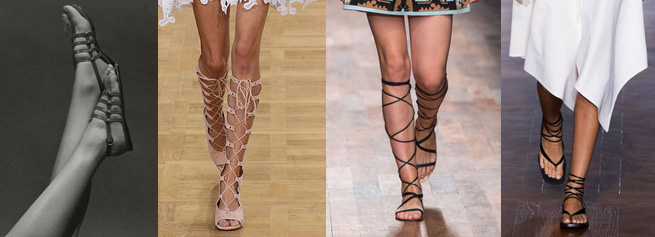 Well, I finally braced myself and got one of those mini ovens. As a snobby occasional cook (I cook rarely, but when I cook I cook up a storm, at least in my own eyes), I used to pooh-pooh my friend’s odes in the praise of mini ovens. But then my normal-sized oven packed in. With payday nowhere in sight, I gritted my teeth and entered the term “mini oven” in the bidorbuy search box, found the one I liked, pressed the blue Buy Now button…
Well, I finally braced myself and got one of those mini ovens. As a snobby occasional cook (I cook rarely, but when I cook I cook up a storm, at least in my own eyes), I used to pooh-pooh my friend’s odes in the praise of mini ovens. But then my normal-sized oven packed in. With payday nowhere in sight, I gritted my teeth and entered the term “mini oven” in the bidorbuy search box, found the one I liked, pressed the blue Buy Now button…
Several days later, I consumed my first mini oven-baked meal: rolled chicken breasts filled with sundried tomatoes and mozzarella cheese. Yummy!
Not everything was smooth-sailing, though. My mini oven posed a puzzle from the word go. It was getting hot (a hand thrust inside it and quickly withdrawn confirmed this), but it showed no intention of telling me exactly when it was heated to the right temperature.
A panicked phone call to the afore-mentioned friend did not yield satisfactory results, as her mini device did have a temperature indicator.
 “Just leave it on for about 5 minutes and then stick the food in”, she advised.
“Just leave it on for about 5 minutes and then stick the food in”, she advised.
Five minutes? That did not sound convincing. Before it expired, my big oven took at least three times as long to reach anything resembling baking temperature!
So, I turned to the source of information that never failed me, the internet. Turns out I was just one of many cooks who were confused by the lack of the preheating indicator on some (admittedly, cheaper) mini ovens. And the solution was at hand too. While I was there (on the internet, that is), I gleamed some more facts about mini ovens, which I am more than willing to share with you.
Here they are:
- Typically, a mini oven needs less than 5 minutes to heat to 180 degrees, which is two or three times less than a standard oven. If you strive for precision and your mini oven does not have a heat indicator, invest in an oven thermometer.
- Turn the knob to the heat setting that’s about 5 degrees lower than the number recommended for the big oven and to keep a close eye on your food, at least until you learn how your mini oven breaths.
- In mini oven terms, three is definitely a crowd. In other words, mini ovens are fine for baking or grilling food for one or two hungry mouths, but for anything over that number you’re better off with a big oven.
- However, a mini oven is an excellent auxiliary device to have when preparing a feast: use your big oven for the main dish, and mini oven for side dishes.
- You can also use your mini oven to warm plates before serving food; toast nuts; bake small batches of biscuits or muffins; roast small batches of meat (a whole chicken, quartered, fits easily); bake potatoes; grill all kinds of food; and more.
- Do not use your mini oven for baking clay. Since the space is so small, you risk uneven baking and burning.
- If you are considering replacing a traditional oven, look for mini ovens with at least 1500 Watts of power.
 I am smug as can be with my newest acquisition, because the internet (well, most of it) says that a mini oven, also known as toaster oven and counter-top oven, is a great solution for energy-conscious, small-space, no-heating-up-of-the-whole-kitchen cooking.
I am smug as can be with my newest acquisition, because the internet (well, most of it) says that a mini oven, also known as toaster oven and counter-top oven, is a great solution for energy-conscious, small-space, no-heating-up-of-the-whole-kitchen cooking.
Now to brace myself for my friend’s “I told you so”…









